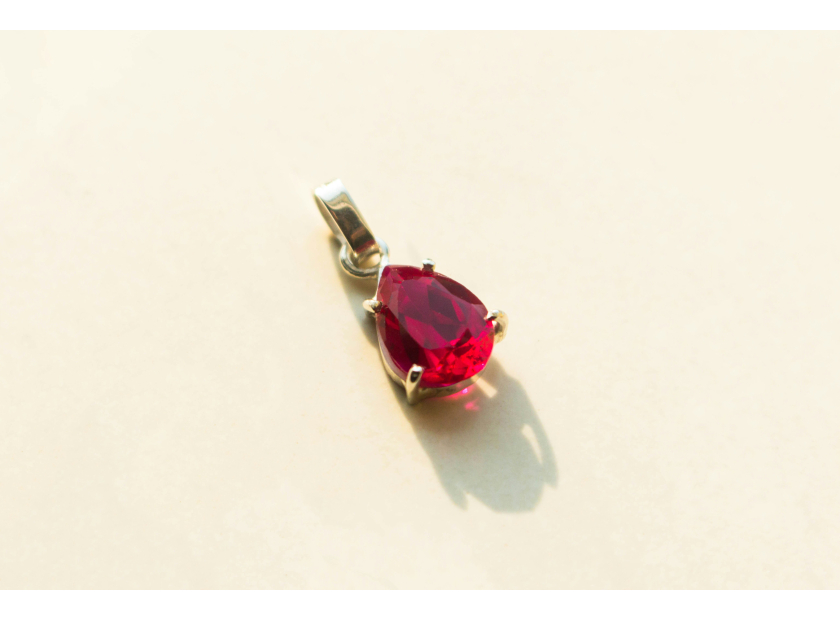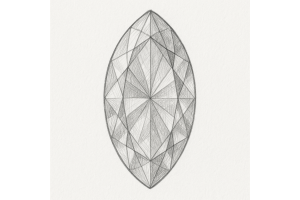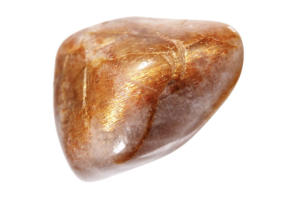GBP
/
GBP
/
Shipping to:
Currency:
How to Spot a Fake Ruby: Expert Tips to Identify Real Gemstones
Rubies have long been cherished for their deep, captivating red hues and are often considered symbols of passion and wealth.
However, the market is awash with imitations and synthetic versions that can easily deceive even the most discerning buyers.
Understanding how to distinguish a genuine ruby from a counterfeit is crucial for anyone looking to invest in this precious gemstone.
Understanding Genuine Rubies
A natural ruby is a variety of the mineral corundum, characterised by its rich red colour, which is primarily due to the presence of chromium.
The most sought-after shade is often referred to as "pigeon's blood" red—a vibrant, pure red with a hint of blue.
When evaluating a ruby, gemologists consider the "Four Cs": colour, clarity, cut, and carat weight.
Among these, colour holds the most weight in determining a ruby's value.
If you're interested in exploring colourful gems, check out gemstone engagement rings for ethically sourced options.
Common Imitations and Treatments
The gemstone market features several ruby look-alikes and treatments designed to enhance lesser-quality stones.
Synthetic Rubies: Created in laboratories, these stones have the same chemical composition as natural rubies but lack the unique inclusions that form over millions of years in nature.
To learn more about the differences between man-made and natural stones, check out this guide on lab-grown diamonds vs gemstones.
Glass-Filled Rubies: Some natural rubies undergo treatments where fractures are filled with lead glass to improve clarity.
While they may appear more transparent, these stones are less durable and significantly less valuable.
Imitation Stones: Gems like red spinel, garnet, and coloured glass are often passed off as rubies.
While they may resemble rubies in colour, their physical and chemical properties differ markedly.
You can also explore natural alternatives by checking out gemstone rings, which come in a wide variety of styles and stones.
At-Home Methods to Identify Fake Rubies
While professional evaluation is always recommended, there are a few preliminary tests you can perform at home.
Visual Inspection: Examine the stone under natural light.
Genuine rubies typically exhibit a consistent, vibrant red.
Uneven colouring or overly vivid hues might indicate a synthetic or treated stone.
Inclusions Check: Using a jeweller's loupe, look for inclusions.
Natural rubies often contain tiny mineral inclusions or "silk" (fine needle-like inclusions).
The absence of any inclusions or the presence of gas bubbles (indicative of glass) can suggest a synthetic or imitation stone.
UV Light Test: When exposed to ultraviolet light, many natural rubies fluoresce a red or orange-red colour due to their chromium content.
However, this test isn't foolproof, as some synthetic rubies can exhibit similar fluorescence.
The Importance of Professional Evaluation
Given the sophistication of modern synthetic stones and treatments, consulting a certified gemologist is the most reliable way to ascertain a ruby's authenticity.
They employ advanced techniques, such as spectroscopy and refractive index measurements, to provide accurate assessments.
You can learn more about how rubies form naturally by checking out this detailed article on how gemstones and diamonds are formed.
Red Flags When Purchasing Rubies
Be vigilant about the following warning signs.
Unbelievably Low Prices: High-quality rubies are rare and command premium prices.
Deals that seem too good to be true often are.
Lack of Certification: Reputable sellers provide certification from recognised gemological laboratories.
The absence of such documentation should raise concerns.
Ambiguous Descriptions: Terms like "lab-created," "synthetic," or "simulated" indicate that the stone isn't a natural ruby.
If you're open to unique and creative options, check out non-traditional engagement rings that feature both natural and lab-created stones.
Tips for Confident Ruby Purchases
To ensure you're making a wise investment:
Ask Detailed Questions: Inquire about the ruby's origin, any treatments it has undergone, and request certification.
Choose Reputable Dealers: Purchase from established jewellers or dealers with positive reviews and transparent return policies.
Understand Treatments: Familiarise yourself with common ruby treatments and how they affect value and care requirements.
Shopping for a special occasion? You might also want to explore our selection of diamond wedding rings for timeless elegance.
Frequently Asked Questions
Can you determine if a ruby is real just by looking at it?
While certain visual cues can hint at a ruby's authenticity, it's challenging to make a definitive determination without professional tools and expertise.
Do real rubies glow under UV light?
Many natural rubies fluoresce under UV light due to their chromium content, emitting a red or orange-red glow.
However, this isn't a definitive test, as some synthetic rubies can exhibit similar fluorescence.
Is it safe to perform a scratch test to check a ruby's authenticity?
It's not advisable.
While rubies are hard (ranking 9 on the Mohs scale), scratch tests can damage both the ruby and the object used for testing.
Moreover, this method isn't conclusive, as other materials can have similar hardness.
Why are some rubies more transparent than others?
Transparency in rubies can be influenced by factors like the presence of inclusions and treatments such as heat or glass filling, which are used to enhance clarity.








